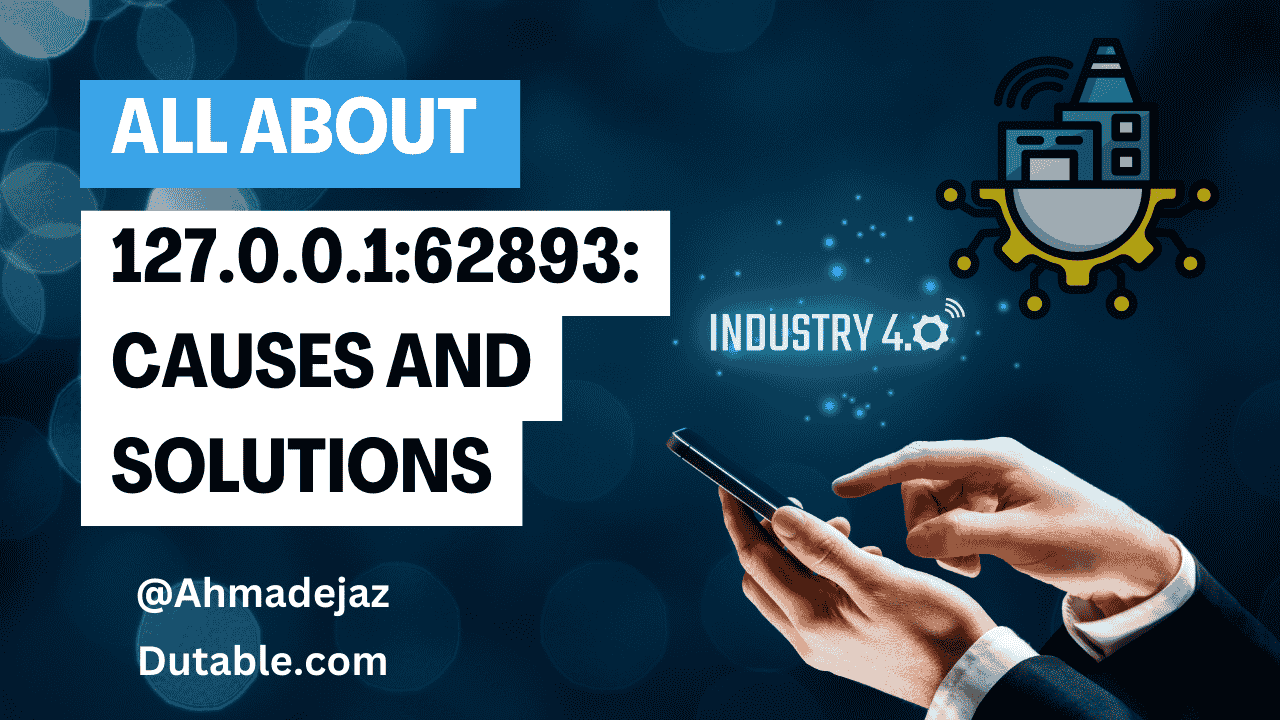Today, with the help of IoT devices, the transformation of many industries is at its peak. Since IoT has made connectivity between devices smart, many sectors have taken advantage of it and increased their productivity manifold.

According to a report by Statista, by 2030, the number of connected IoT devices is expected to surpass 29 billion, significantly enhancing the number of business operations on a global level.
IoT platforms and device management solutions are in a way the core of this industrial revolution 4.0 which are playing a very big role in connecting, managing, and securing these vast networks of smart devices.
If you also want to run your business at full strength, then you must equip your business with a robust IoT platform that can efficiently do real-time monitoring of devices.
But the question is how to choose the right IoT platform, What are the Must-Have Features in Your IoT Platform for Real-Time Monitoring?
So, in this blog, we will discuss the must-have features you must checkout in an IoT platform to get the real-time monitoring of your IoT devices.
Here we go..!!
Must-Have Features in Your IoT Platform for Real-Time Monitoring?
1. Highly Scalable and Flexible
By the end of this decade, we have seen millions of IoT devices in the market, scalability is not optional—it’s critical. A scalable IoT platform is so capable that it can easily handle large amounts of data streaming from different devices in real time, that too without degrading its performance.
As an example, if we talk about logistics industries, IoT is used for fleet management. In this case, to do real-time monitoring efficiently, a scalable infrastructure is required that can track vehicles across the global supply chain without any interruption.
It is very important for an IoT platform to be scalable as well as flexible so that it can quickly integrate with diverse types of devices and protocols like Wi-Fi, bluetooth and LPWAN. This capability is especially important for IoT applications such as smart cities, energy management, and industrial automation.
| Fast Facts: By 2025, more than 75 billion IoT devices will be connected, producing over 79 zettabytes of data annually. |
| Scalability Feature | Impact |
| Supports millions of devices | Handles global-scale operations efficiently. |
| Dynamic data processing capacity | Avoids performance lags during data surges. |
| Multi-protocol support | Ensures smooth communication across different devices. |
- Real-Time Data Processing and Analytics
Real time data analytics is considered a core component of any IoT monitoring platform. If any business has to make sound and accurate decisions then it is necessary to process the data at the same time it is generated. This data is especially important when it is related to manufacturing, healthcare and energy industries.
The faster the data is processed, the faster it can be analyzed, and the faster the data is analyzed, the faster businesses can focus on further operations.
If we take the example of predictive analytics, it helps the manufacturing or energy sector business by preventing equipment failures by forecasting maintenance needs based on real-time data. Event stream processing enables IoT systems to filter out noise from relevant data points, ensuring better decision making.
| Fast Facts: The global real-time analytics market is set to reach $93.7 billion by 2027, growing at a CAGR of 19.6%. |
- Edge Computing for Reduced Latency
Edge computing is a very important feature for real-time IoT applications especially when immediate action has to be taken. IoT platforms can reduce bandwidth and latency by moving data closer to the source (at the “edge” of the network). This operational efficiency has improved significantly. This is very helpful in fields such as autonomous vehicles, remote healthcare, and industrial automation where milliseconds matter.
For example, in smart cities, edge devices that are located near traffic lights can instantly process traffic data and automatically adjust light timings to prevent congestion. And for this they do not depend on cloud servers.
In the same way, in energy grids, edge computing ensures immediate load balancing to avoid power outages.
| Edge Computing Feature | Benefit |
| Local data processing | Reduces latency, improves response time. |
| Bandwidth optimization | Lowers data transfer costs, enhances efficiency. |
| Improved security | Processes sensitive data locally, minimizing risks. |
| Fast Facts: According to Gartner, by 2025, 75% of enterprise-generated data will be processed at the edge. |
- Advanced Device Management Platform
Managing IoT devices is a continuous task. Therefore, whatever IoT platform you choose, it is important to have a sophisticated device management platform. This feature helps businesses to easily monitor, update and decommission their IoT devices.
If we take the example of the transportation sector, where IoT devices are used for fleet management, we can see real-time monitoring of vehicle sensors and automated updates are essential for ensuring safety and operational efficiency.
| Fast Facts: By 2026, the global device management market is expected to be valued at $4.4 billion, driven by IoT’s increasing complexity. |
- Strong Security features
Security is a non-negotiable feature in any IoT platform. As billions of devices transmitting sensitive data in real time, even minor security breaches could lead to financial losses, safety concerns, or regulatory penalties. So whenever you choose the IoT platform, you must check if it has multi-layered security features, such as device authentication, data encryption, and anomaly detection.
Anomaly detection systems can save business owners by alerting network administrators if a device begins to behave suspiciously. At the time of any suspicious activity these systems suggest a possible cyberattack. Over-the-air (OTA) security updates ensure that devices stay protected against emerging threats.
| Fast Facts: In 2022, IoT devices were subject to 1.5 billion cyberattacks, highlighting the critical need for enhanced security. |
- Customizable Alerts and Notifications
Last but not the least, must have features you must check when looking for an IoT Platform for Real-Time Monitoring include its ability to customize alerts and notifications. Businesses can improve response times and decrease downtime by setting thresholds for key performance indicators (KPIs) such as temperature, pressure, or machine vibration. This allows for instant alerts to be received whenever something goes wrong.
If we take the example of oil and gas industries, real-time monitoring of pipeline pressure is essential for preventing leaks and accidents.
Conclusion
Businesses or industries that want to maintain their strong presence in the competitive environment must invest in the right IoT platform with real-time monitoring capabilities. It’s not only important, but it requires hour to stay on top. Whenever you select an IoT platform, you must go with the features like scalability, real-time analytics, edge computing, device management, security, and customizable alerts.
As the IoT platform market is expected to surpass $22 billion by 2027, choosing the right platform can future-proof your business and help you fully leverage the power of IoT.



